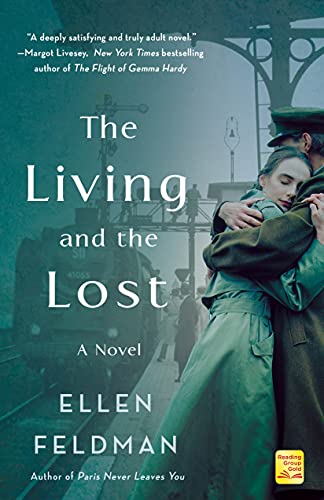The Living and the Lost
My father served overseas during World War II. His brother joined the army. My mother’s father was the commander of an air base in Iceland and prosecuted Nazis when the war ended. When they returned home to Portland, Maine, however, they were unable to play golf at the local country club. Why? Because they were Jewish.
The Living and the Lost delves into similar territory, in the chaos and rubble of postwar Berlin, with Millie Mosbach, her brother David, and Millie’s boss at the denazification office, Harry Sutton. Millie and David fled Berlin as children in the wake of Kristallnacht, the beginning of the end for Jews in Germany. But Millie has not left Berlin or her childhood flight behind. Her father, mother and younger sister didn’t make it out. Did they die in the camps? Are they still alive? And what of her guilt for having, in her mind, betrayed them, for having survived to live life anew in America?
Postwar Europe was seething with hatred, violence, and vengefulness. Thousands of women were raped. Babies were hurled into rivers. The living scavenged the dead. Displaced Jews were massacred in Poland. Displaced Germans faced the wrath of everyone who survived their atrocities. Life was cheap, death everywhere.
This is the world Millie enters. To locate her family? For vengeance? Or to find solace? In The Living and the Lost, author Feldman has captured that period in time when the world and the lives of its survivors was in tatters. Millie finds love but much more: She finds herself. This vivid novel should be required reading for those who are wondering why we still to this day find that it is far easier to hate other people than to pause and try to understand them.










